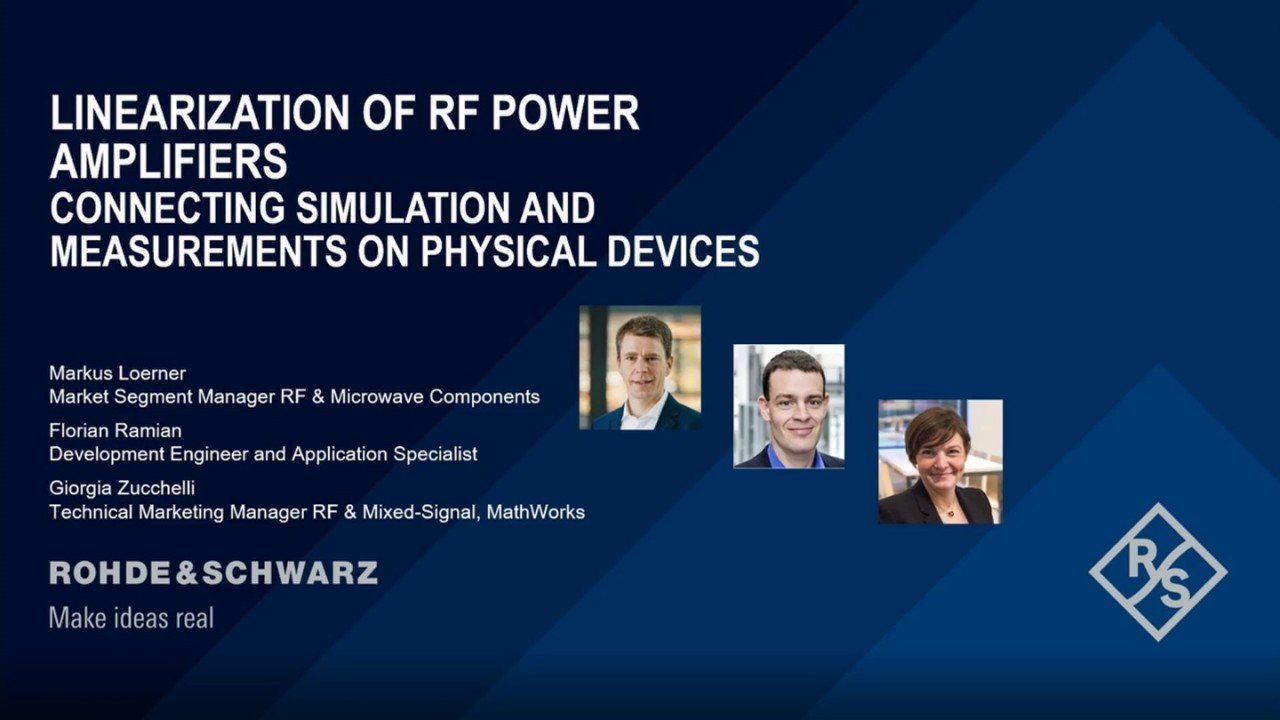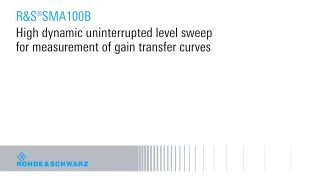Ensuring the high performance of RF power amplifiers
Before your new design hits the market, you need to ensure it performs in line with the target specifications. Verifying the physical performance of active components such as RF power amplifiers and RF frontends is a challenging and extensive task. Continuous wave tests are typically performed using a vector network analyzer acting as a one-box RF frontend (RFFE) tester for intermodulation or port impedance. On the other hand, wideband testing for modulation performance and effects typically requires a vector signal generator and a signal analyzer. Rohde & Schwarz offers leading-edge instruments to help you with these challenges.
















